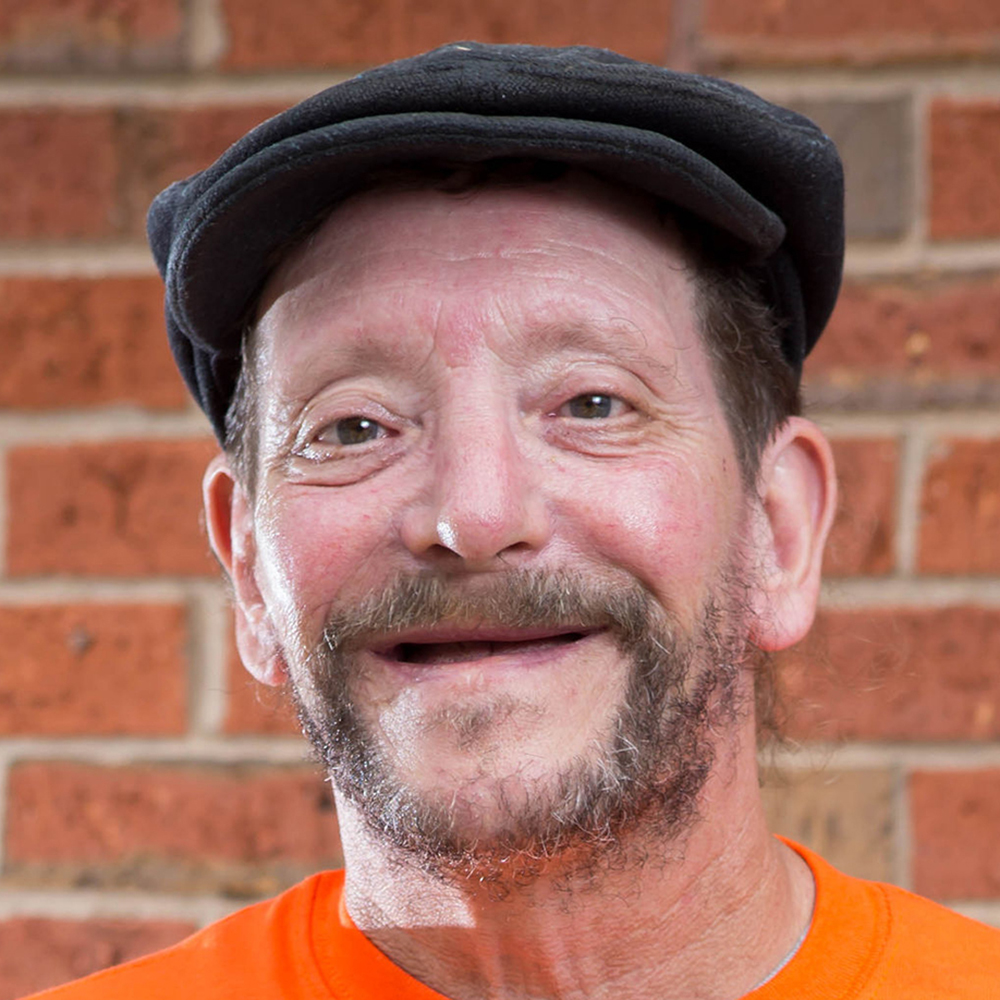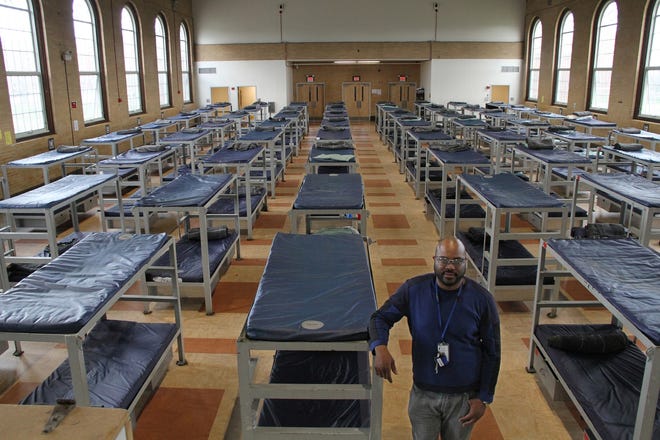






Each of these people have been homeless at some point in their lives.
The Faces of Homelessness, National Coalition on Housing + Homelessness
Homeless Health Concern, Medline Plus

A ‘‘chronically homeless’’ individual is defined to mean a homeless individual with a disability who lives either in a place not meant for human habitation, a safe haven, or in an emergency shelter or in an institutional care facility if the individual has been living in the facility for fewer than ninety (90) days and had been living in a place not meant for human habitation, a safe haven or in an emergency shelter immediately before entering the institutional care facility. In order to meet the ‘‘chronically homeless’’ definition, the individual also must have been living as described above continuously for at least twelve (12) months or on at least four (4) separate occasions in the last three (3) years, where the combined occasions total a length of time of at least twelve (12) months. Each period separating the occasions must include at least seven (7) nights of living in a situation other than a place not meant for human habitation, in an emergency shelter or in a safe haven.
Definition of Chronic Homelessness, U.S. Department of Homelessness and Urban Development

Evicted by Matthew Desmond
ISBN: 9780553447453
Publication Date: 2016-03-1
In Evicted, Princeton sociologist and MacArthur “Genius” Matthew Desmond follows eight families in Milwaukee as they each struggle to keep a roof over their heads. Hailed as “wrenching and revelatory” (The Nation), “vivid and unsettling” (New York Review of Books), Evicted transforms our understanding of poverty and economic exploitation while providing fresh ideas for solving one of twenty-first-century America’s most devastating problems. Its unforgettable scenes of hope and loss remind us of the centrality of home, without which nothing else is possible.

No House to Call My Home by Ryan Berg
ISBN: 9781568585680
Publishing Date: 2015-08-25
In this lyrical debut, Ryan Berg immerses readers in the gritty, dangerous, and shockingly underreported world of homeless LGBTQ teens in New York. As a caseworker in a group home for disowned LGBTQ teenagers, Berg witnessed the struggles, fears, and ambitions of these disconnected youth as they resisted the pull of the street, tottering between destruction and survival.

Credit: The Providence Journal
Reported from data collected in the past two years, Rhode Island had an estimated 1,104 people experiencing homelessness on any given day, as reported by Continuums of Care to the U.S. Department of Housing and Urban Development (HUD)
Rhode Island Homelessness Statistics, United States Interagency Council on Homelessness
VIDEO: HUD Secretary Marcia Fudge Address on Estimates of Homelessness, U.S. Department of Housing and Urban Development

PHOTO: "Time to End Homelessness in Providence", GoLocalProv

PHOTO: "Shelter Design Can Help People Recover from Homelessness", Engineering for Change

PHOTO: "Advocates Seek Long-Term Solutions for Homelessness", The Providence Journal

Credit: YES Shelter for Youth and Families
The common issues with youth experiencing homelessness make them less likely to stay engaged with school, find jobs, get access to rental housing and maintain friendships. Transitioning into adulthood can be hard for these individuals and it can be even harder for them to find a stable home.
Women comprise around 40% of the homeless population.
Women face sexual assault, physical and domestic violence as homeless. They are often forced to take up prostitution or they end up trading themselves. For instance, women have reported sexual assault in showers and public restrooms.
Homeless women lack preventive care such as prenatal, mammograms and other tests. The rate of unintended pregnancies is higher in homeless women who have no access to contraceptives.As a result, there is a much higher rate of abortions, abnormalities and adverse birth outcomes.
For homeless women, menstrual cycles are a monthly challenge to survival. Most of the shelters do not provide menstrual products such as pads or tampons A box of pads can cost anywhere around $5 to $10 plus taxes.
Most of the unintended pregnancies happen inside homeless shelters where a lot of women are forced to have sexual intercourse.
Women and children fleeing domestic violence from an abusive partner often face disappointment as homeless. The streets make women even more vulnerable for abuse and violence from strangers.
The gender disparity and sexism existing throughout the world disproportionately affects homeless women. Additionally, more than half of the homeless women do not have a high school degree which makes them less likely to attain a stable source of income.
About 1 in 4 homeless people face extreme mental issues which goes untreated. In other words, 47% of homeless women meet the criteria for a major depressive disorder alone, which is twice the rate of women in the general population.
Homeless women are particularly vulnerable to multiple forms of victimization. Subsequently, the shelters for women are unsafe and they have reported extreme physical and mental violence inside the safe homes.
Demographic Data Project: Gender and Individual Homelessness, National Alliance to End Homelessness

The Pursuit of Happyness (2007)
Life is a struggle for single father Chris Gardner. Evicted from their apartment, he and his young son find themselves alone with no place to go. Even though Chris eventually lands a job as an intern at a prestigious brokerage firm, the position doesn’t pay. The pair must live in shelters and endure many hardships, but Chris refuses to give in to despair as he struggles to create a better life for himself and his son.

Time Out of Mind (2014)
George seeks refuge at Bellevue Hospital, a Manhattan intake center for homeless men, where his friendship with a fellow client helps him try to repair his relationship with his estranged daughter.